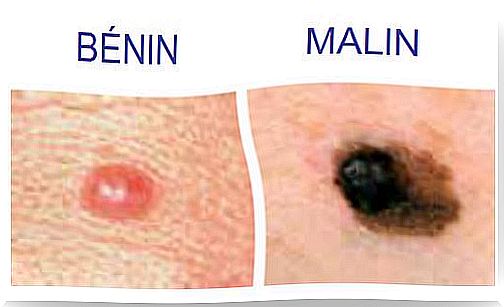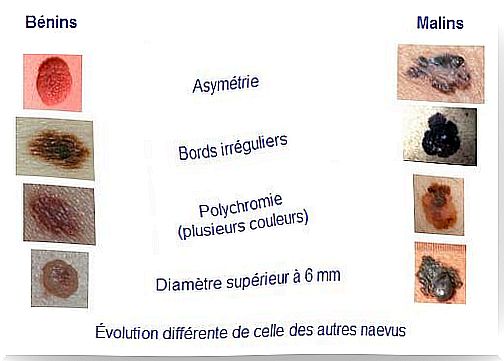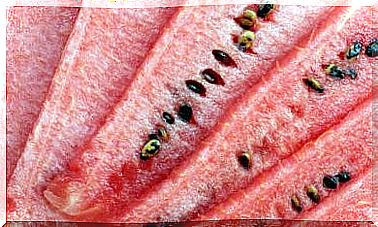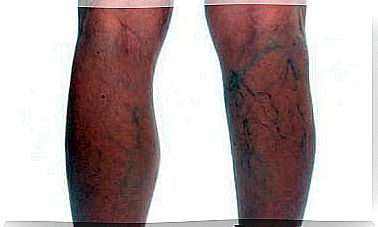All About The Mole
We need to monitor our moles and consult a specialist to rule out any problems in case they change their size, shape, or color.

N æ seen melanocytic is a small skin marks whose appearance is very common during childhood and adolescence. V ll surely know better under the name mole,
As its scientific name suggests, the mole is formed by the action of melanocytes. These are the cells producing the pigment of the skin : melanin. They can be small, or bulky, smooth or irregular, brown, black, or the same color as our skin. Moles can come in different shapes and colors.
In general, a mole is harmless. A person can usually have about ten of them on the skin. And that does not pose any particular health problem. Sometimes even, depending on their shape and location, moles will be considered aesthetic.
However, when a mole changes color, size or shape, it is advisable to consult a dermatologist quickly. Indeed, be careful with a painful, bleeding mole. Burning or tingling sensations may be the first signs of progress to melanoma.
Types of moles
A dysplastic nevus (or atypical mole) is usually larger than a regular mole. It can measure up to more than a centimeter. Its shape and color can also vary from light brown to black with pink outlines.

Many people can have as many as a hundred of these unusual moles.
They can continue to appear until old age on any part of the body. And more particularly in the areas usually covered.
We cannot recommend enough for people with a lot of atypical moles, and / or cases of skin cancer in their family, to be very vigilant about the evolution of their moles. This is because the chances of these people having skin cancer are greater.
In case of doubt, consult a dermatologist as soon as possible. It is also useful to always use good sun protection. Because UV rays increase the risk of developing skin cancer.
How do you know if a mole is suspicious?

It is very important to learn how to identify suspicious moles. To do this, you need to frequently examine your skin. And you have to be on the lookout for moles that can show warning signs of skin cancer. Here are some things you can take into account:
- Asymmetry: L the size, shape, color and thickness of its two halves do not seem to be part of one and the same mole.
- An irregular outline: The edges are irregular, or poorly defined.
- A polychromy: It presents several colors at the same time.
- A size larger than normal : The size is equal to or greater than 6 millimeters.
If your moles show any of these signs, we strongly recommend that you see a dermatologist.
Indeed, by leaving this type of mole unattended you can expose yourself to major complications. Always remember that in this type of case, prevention is still the most effective.









